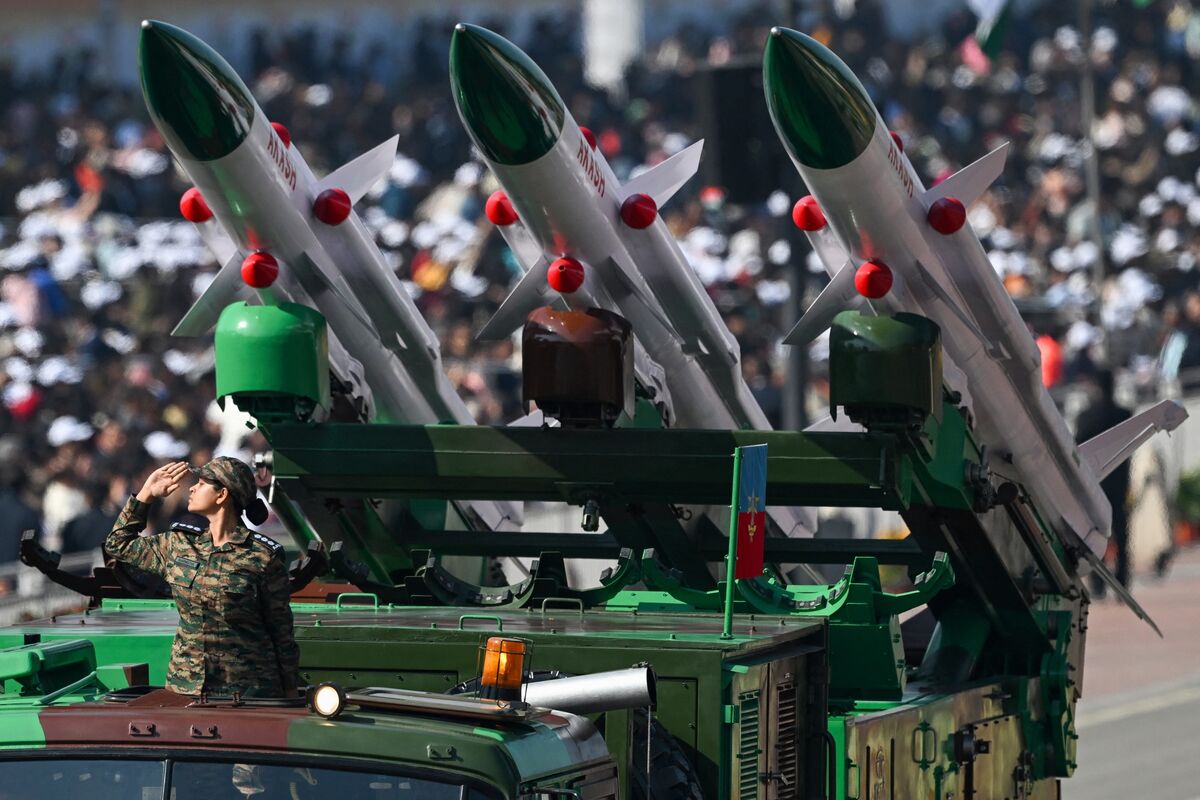India vs Pakistan: A Comparison of Military and Nuclear Capabilities
The relationship between India and Pakistan is one of the most volatile in the world, marked by historical tensions, territorial disputes (primarily Kashmir), and ongoing military build-up. Understanding the comparative military and nuclear power of these two South Asian nations is crucial to comprehending the regional geopolitical landscape and the potential for future conflict.
Military Strength: A Detailed Comparison
Both India and Pakistan possess significant military forces, but their strengths and weaknesses differ considerably.
India's Military:
- Size and Structure: India boasts the world's fourth-largest military, with a large and well-equipped army, navy, and air force. Its military budget is substantially larger than Pakistan's, allowing for greater investment in advanced weaponry and technology.
- Technological Advantage: India possesses a more advanced defense industrial base, producing indigenous weaponry and technology. This includes the development of advanced fighter jets (Tejas), missiles (BrahMos), and a growing naval capability. India also benefits from collaborations with major global arms manufacturers.
- Strategic Depth: India's larger geographical size provides significant strategic depth, making it more difficult to invade.
- Weaknesses: Despite its strengths, India faces challenges like logistical complexities in managing such a large force and maintaining operational efficiency across diverse terrains.
Pakistan's Military:
- Focus on Asymmetric Warfare: Pakistan's military strategy often emphasizes asymmetric warfare tactics, including utilizing guerilla warfare and proxy forces. This approach is partly a response to India's superior conventional military might.
- Nuclear Deterrence: Pakistan's nuclear arsenal serves as a key element of its national security strategy, aiming to deter any large-scale Indian aggression.
- Strong Air Force: Pakistan possesses a relatively modern and potent air force, a crucial element of its defense strategy.
- Weaknesses: Pakistan faces significant budgetary constraints compared to India, limiting its ability to procure and maintain cutting-edge military equipment. Logistical challenges and infrastructure limitations also hinder its military effectiveness.
Nuclear Capabilities: A Delicate Balance
Both India and Pakistan possess nuclear weapons, creating a precarious situation with the potential for catastrophic consequences.
India's Nuclear Arsenal:
- Established Program: India's nuclear weapons program is relatively mature, with a diverse range of delivery systems including land-based missiles, aircraft, and potentially sea-based systems in the future.
- No First Use Policy (with caveats): India maintains a declared “no-first-use” policy concerning nuclear weapons, although interpretations of this policy vary.
Pakistan's Nuclear Arsenal:
- Rapid Development: Pakistan developed its nuclear weapons program comparatively quickly, driven by security concerns related to India.
- Smaller but Significant Arsenal: While smaller than India's, Pakistan's nuclear arsenal is considered sufficient for deterrence.
- Concerns about Security: International concerns remain regarding the security of Pakistan's nuclear weapons, given political instability and the potential for non-state actors gaining access.
Conclusion: A Precarious Peace
The military and nuclear balance between India and Pakistan remains a critical factor in regional stability. While India holds a clear conventional military advantage, Pakistan's nuclear arsenal acts as a significant deterrent. The ongoing tensions between these two nations necessitate careful diplomatic engagement and proactive measures to prevent escalation and ensure regional peace. The future hinges on responsible nuclear stewardship and a concerted effort to de-escalate tensions through dialogue and cooperation. Further research into this complex geopolitical situation is recommended to fully grasp the nuances and implications.
Keywords: India, Pakistan, Military, Nuclear, Weapons, Comparison, Army, Navy, Air Force, Geopolitics, South Asia, Kashmir, Deterrence, Security, Conflict.

